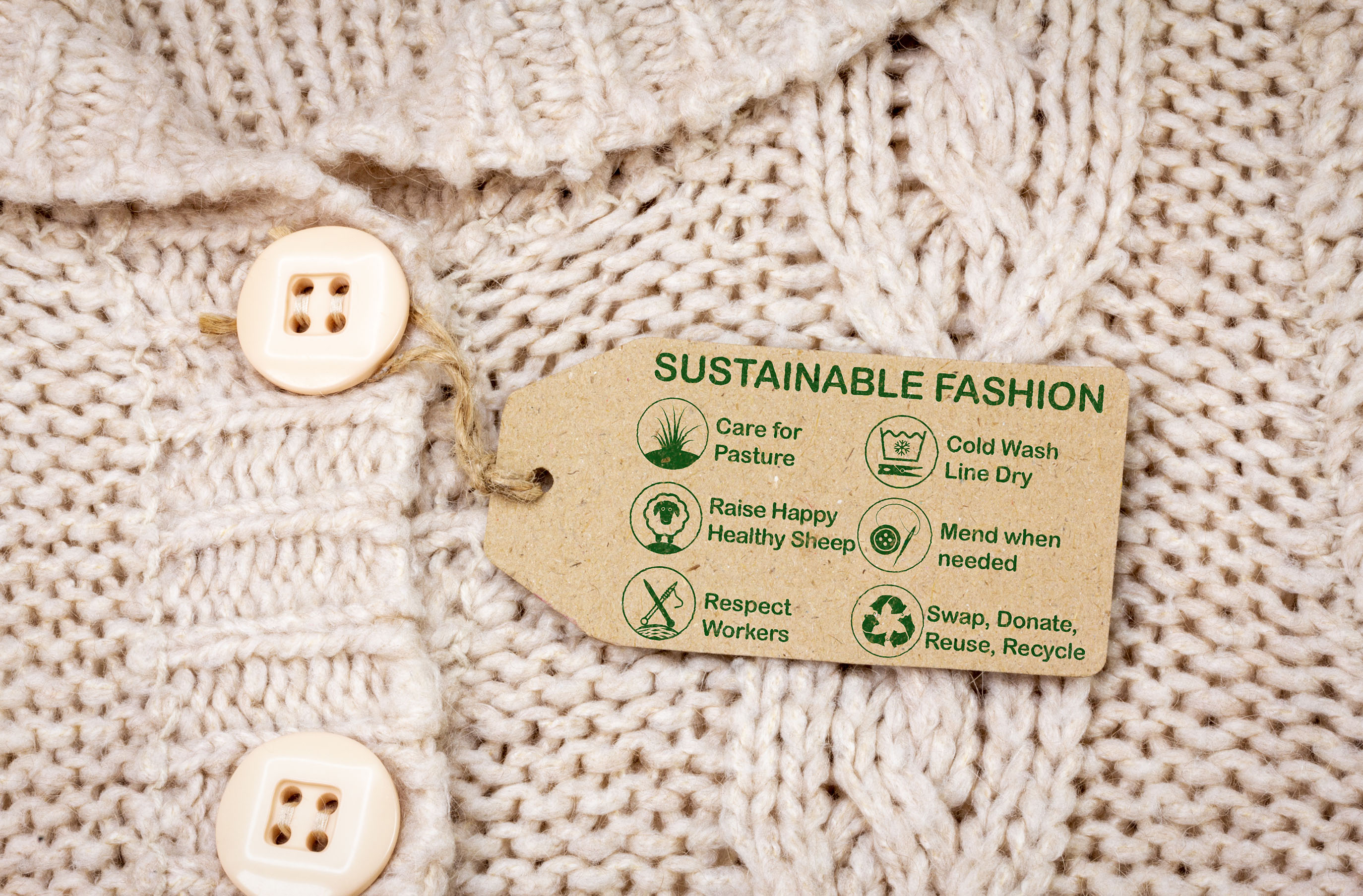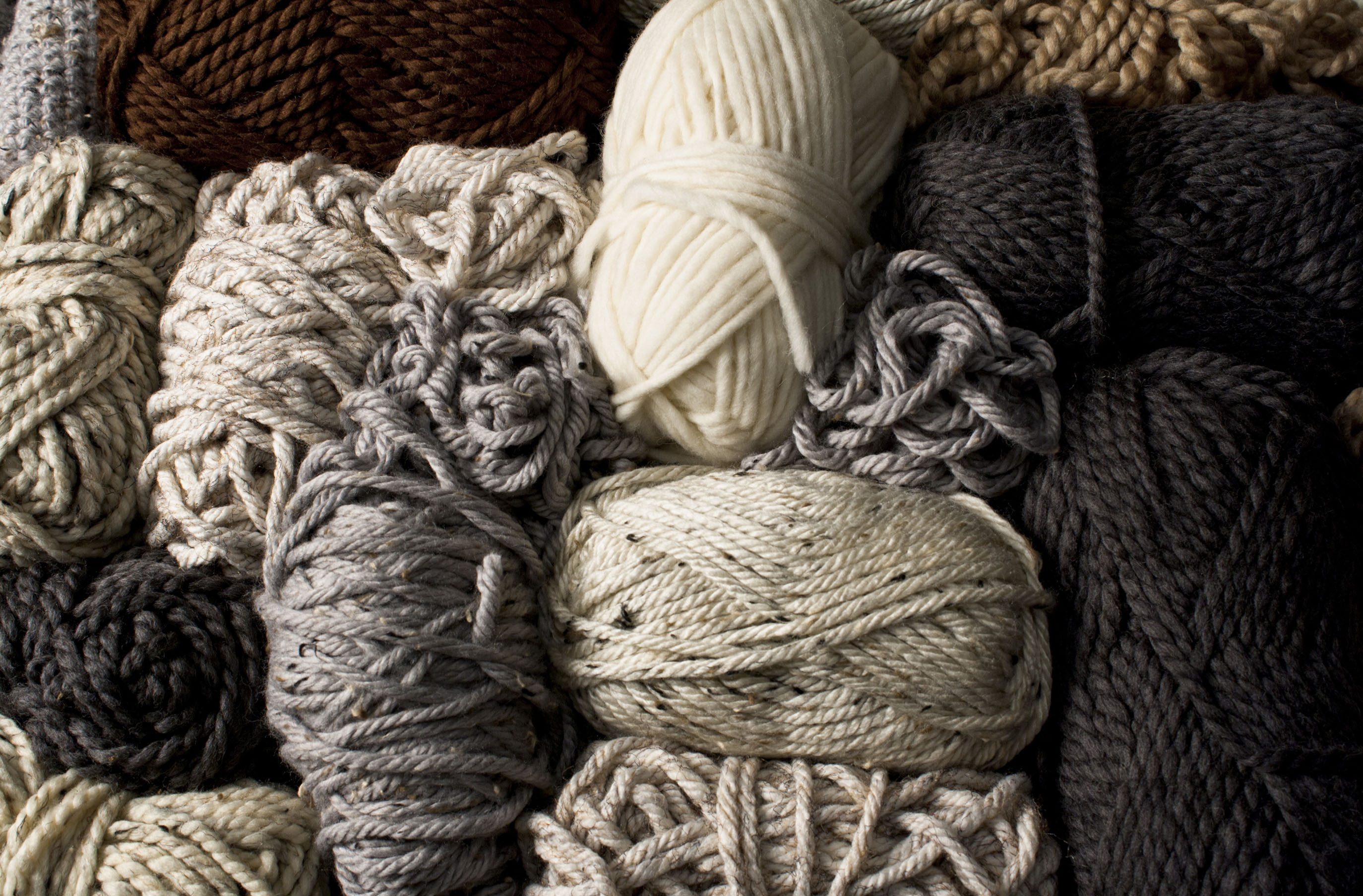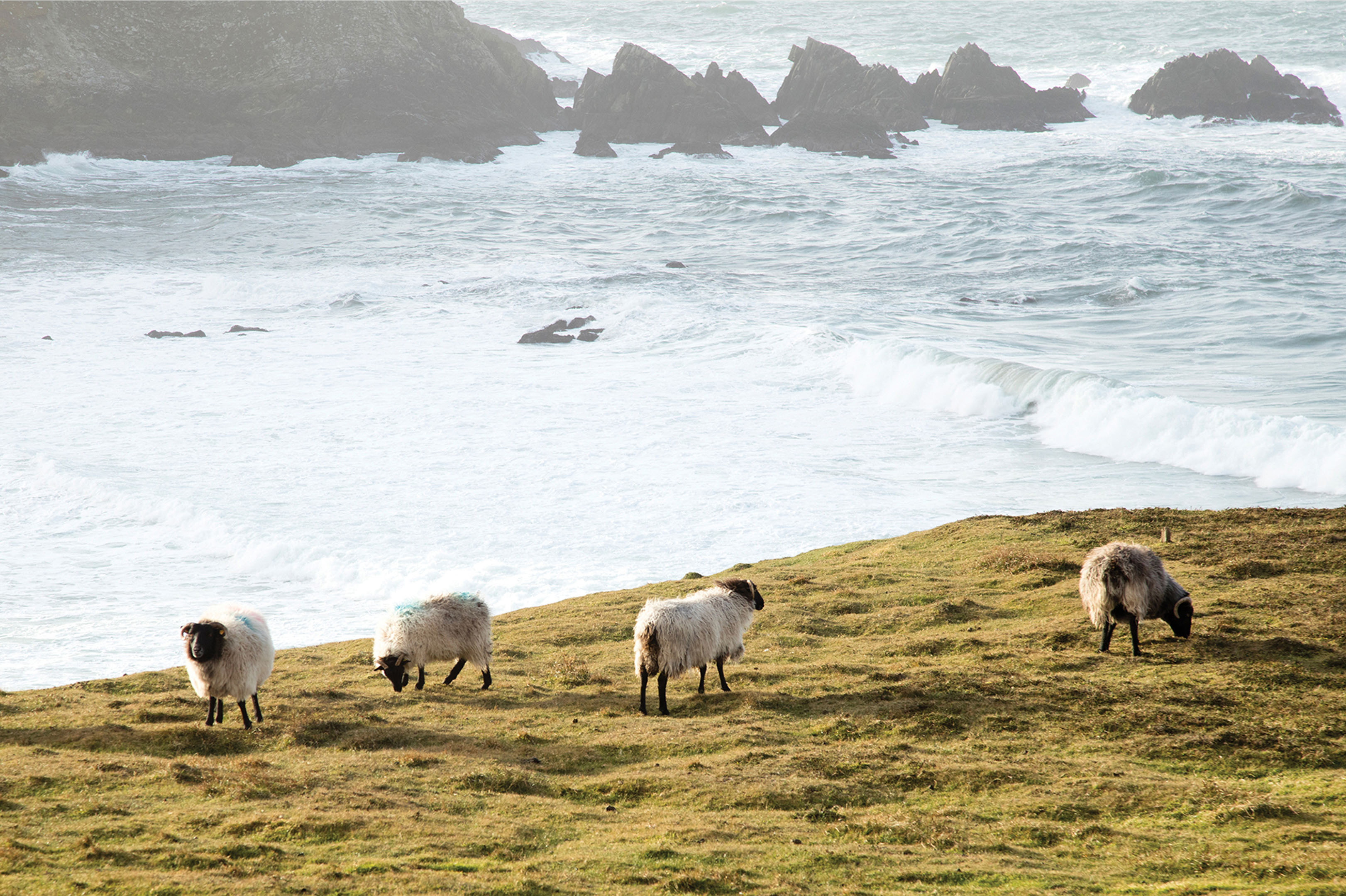Woollen textiles and fibres are made up of carbon based products, but unlike many other textiles and fibres, wool is made from renewable atmospheric carbon, meaning when it is disposed of it acts like a fertiliser by releasing nutrients and carbon back into the soil.
Unlike wool, synthetic clothing fibres, such as polyester and acrylic, are refined from fossil fuels, which have been stored in the earth for millions of years

The Properties of Wool

100% Natural
Wool is 100% natural fibre made of keratin that is grown year-round by animals such as sheep, llamas, goats, musk oxen and other similar animals.

100% Biodegradable
When a wool fibre is disposed of, it will naturally decompose in soil in a matter of years, slowly releasing valuable nutrients back into the earth.

100% Renewable
Every year sheep produce a new fleece, making wool a completely renewable fibre.

Naturally Breathable
Wool is one of the most breathable fibres. Wool fibres can absorb large quantities of moisture vapour then move it away from the body to evaporate to the air.

Low Impact
Wool textile products tend to be washed less frequently at lower temperatures which has a lower impact on the environment

Long Lifespan
Wool products have long lifespans, meaning they are used or worn longer than other textile fibre products


The Wool Industry And Greenhouse Gasses
There are several ways the wool industry is working to manage and reduce greenhouse gasses. Significant research is underway to better understand and improve methane gas emissions. Research has already shown us that methane gases can be lowered and controlled by changing pasture species, improving soil management to increase carbon storage and by planting trees.


 STORES
STORES
 Euro
Euro
 US Dollar
US Dollar
 Pound Sterling
Pound Sterling
 Australian Dollar
Australian Dollar
 Canadian Dollar
Canadian Dollar
 Japanese Yen
Japanese Yen





